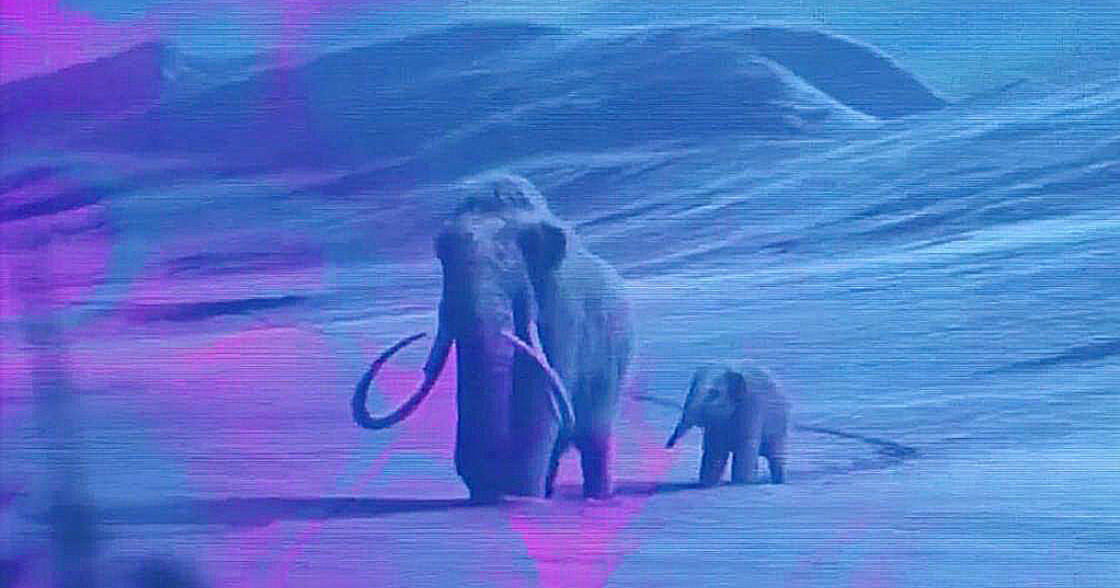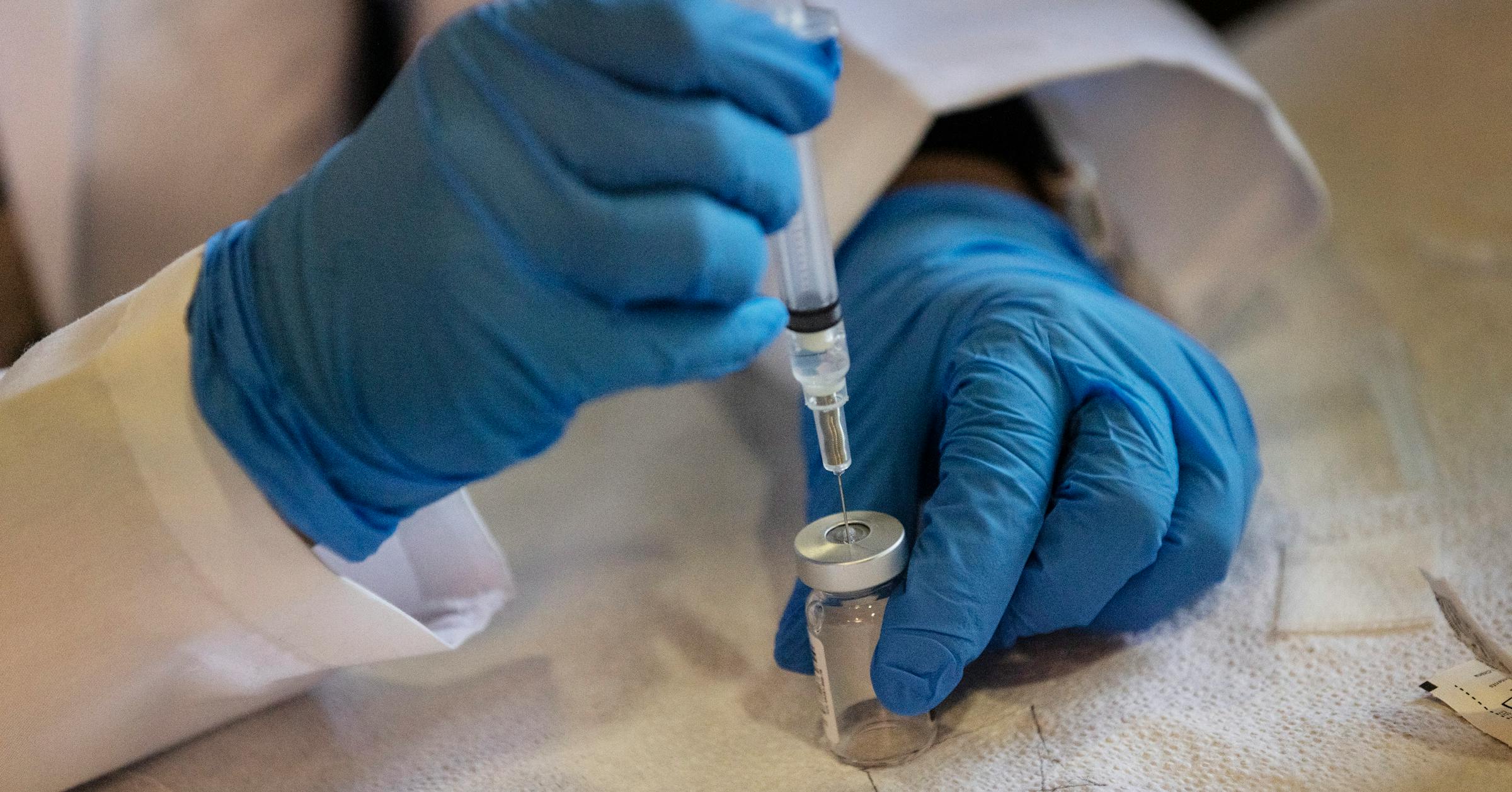
A Dallas biotech company is working on something that sounds straight out of science fiction: bringing back extinct animals.
The company just opened its new global headquarters in Dallas, where more than 100 scientists are working on “de-extinction.”
So far, they’ve created “Chip and Dale,” the world’s first “woolly mice” — tiny but groundbreaking steps toward reviving the woolly mammoth. They’ve also engineered genes from the dire wolf, an animal that disappeared more than 10,000 years ago.
Not playing God, scientists say
Dr. Andrew Pask, Colossal’s new chief biology officer, says this isn’t about playing God — it’s about repairing the planet.
“We’ve lost species on Earth at a rate that has never been seen before,” Pask said. “We’re morally obliged to use this technology to bring back and repair some of the mistakes we’ve made in the past.”
And there’s urgency behind that mission. According to the United Nations, nearly one million species could vanish within our lifetime because of human activity — from elephants and tigers to sea turtles and even bees.
Ancient traits in modern animals
Here’s the catch: these animals won’t be perfect replicas of their ancestors. Think of them more as close cousins — modern-day species with ancient traits built back into their DNA.
The science behind it all relies on CRISPR — a gene-editing tool scientists describe as “molecular scissors.” It lets them cut into DNA, swap out missing pieces, and stitch together genetic blueprints that haven’t existed in thousands of years. The process isn’t quick; it could take decades before we see results in the wild.
No dinosaurs, but maybe mammoths
And while the comparisons to Jurassic Park are everywhere, don’t hold your breath for a T-Rex sighting in Texas. Dinosaurs lived millions of years ago, and their DNA is long gone. But species that disappeared more recently, like the woolly mammoth, are a very different story.
Concerns about ecosystem disruption
Not everyone is cheering. Dr. Deanna Soper, a biology professor at the University of Dallas, worries about what happens if we tinker too much.
“Every species plays a role,” she said. “We can’t just start manipulating entire ecosystems and expect that there might not be potentially damaging impacts.”
Still, Colossal is betting big that the benefits will outweigh the risks — and that reviving even partial versions of long-lost animals could help restore fragile ecosystems.
For now, it’s not science fiction — but science in progress. And if Colossal has its way, the future of conservation might just look a little like the past.



